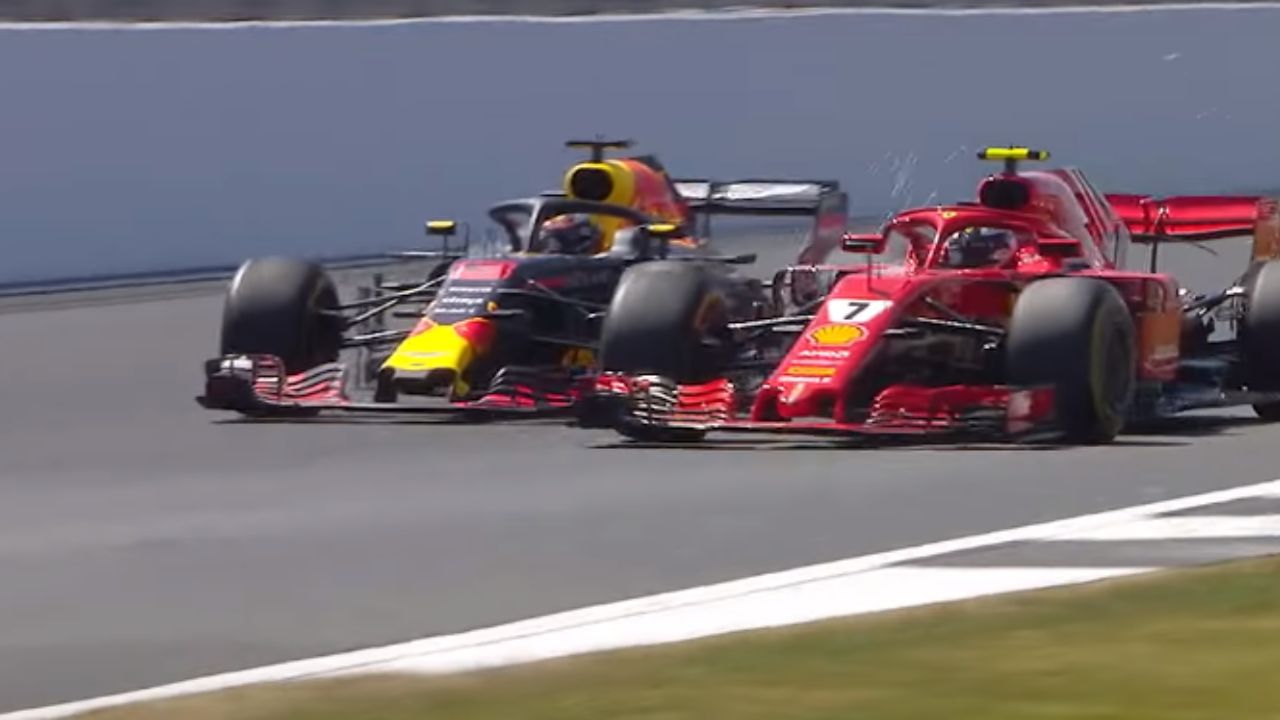In the pulsating world of Formula 1, where every fraction of a second can determine victory or defeat, the attention-grabbing symphony of the wheel gun is more than just a fleeting auditory sensation. It holds the key to the high-stakes ballet performed in the pit lane. Take Valtteri Bottas’ ill-fated pit stop at the 2021 Monaco GP as a poignant example, where a faulty wheel nut derailed his race trajectory. Delving into the realm of F1 pit stops reveals a hidden marvel – the Paoli wheel gun – the uncelebrated hero orchestrating the intricacies of sub-two-second pit stops.
Founded in 1968, the Italian company Paoli has evolved over the decades, emerging as the frontrunner in supplying F1 teams with state-of-the-art wheel guns, each carrying a hefty price tag of over $30,000. As Paoli inches closer to its 60th anniversary, the spotlight intensifies on the craftsmanship that goes into each wheel gun, unraveling the secret behind their efficiency.
Peeling Back the Layers: A Mechanic’s Dive into the Wheel Gun
To understand the wizardry behind the sub-two-second pit stops, one must first grasp the mechanics of the wheel gun. In an insightful video shared by Mercedes on YouTube, Aaron Jeeves, a front-end mechanic for Valtteri Bottas, offered a detailed walkthrough. Operating on compressed air and linked to the pit stop gantry for data transfer, the wheel gun becomes a nexus of information, allowing teams to scrutinize pit-stop performance beyond mere camera footage and onboard sensors.
Jeeves elucidated, “The gun operates by pulling the trigger, which will either tighten or loosen the wheel nut. Once you pull the trigger, it will loosen the wheel nut, it will automatically shuttle, and the next you pull the trigger, it will tighten the wheel nut.” However, as witnessed in the Monaco GP debacle, even the most sophisticated wheel gun can falter in the face of a stubborn wheel nut.
View this post on Instagram
Paoli’s Pedigree: A Legacy in the Heart of F1
The name Paoli resonates through the paddocks of F1 as the exclusive supplier to all ten teams. This Italian powerhouse is not confined to the glitz of F1 but extends its influence to the hallowed grounds of NASCAR and IndyCar. What began as an air-powered impact wrench company found its destiny in the pit lanes of F1 after an invitation from the iconic Enzo Ferrari in 1975.
Paoli’s engineering prowess is evident in the meticulous crafting of their wheel gun. Materials like Aluminium ergal, an alloy of zinc, copper, magnesium, silicon, iron, manganese, titanium, and chromium, lend resilience, withstanding over 3,000 lbs of force and minimizing the risk of failure during the intense pit-stop moments. While carbon fiber has become synonymous with F1 technology, Paoli’s choice to limit its use in wheel guns speaks to a quest for durability and precision over weight reduction.
Andrea Ori, a technician at Paoli, emphasized this strategic choice, stating, “We only have the front cover, the nose of the gun in carbon fibre… we could save 10–50 grams on the gun in the end, but we would prefer to have an aluminium cover to have more durability and more precision due to their tolerances.”
Beyond Speed: The Art of Consistency in Pit Stops
The exclusive success of Paoli in Formula 1 transcends Enzo Ferrari’s initial invitation. The pivotal factor lies in the company’s unique position as one of the few wheel gun manufacturers globally assembling and fabricating all internals in-house at their facility in Reggio Emilia, Italy.
Understanding the nuances of Formula 1 pit stops unveils a truth – it’s not always about speed; it’s about stability. In the fast-paced ballet of pit stops, consistency triumphs over sheer speed. Mirco Grassi, the technical office manager at Paoli, echoed this sentiment, stating, “In Formula 1, they are not searching for the fastest stop, but they are searching to be stable and consistent. A possible threshold would be to have 80 per cent of the pit stops under 2.7 and 2.8 seconds.”
Imagine the strategic dilemma faced by an F1 team boss: opt for one sub-two-second pit stop or three that hover around 2.5 seconds. The answer leans towards the latter. A few tenths during a pit stop can be the fine line between maintaining a lead or conceding track position – a risk too great to take lightly.

Precision Beyond Machines: The Human Touch in Pit Stops
Yet, achieving the desired stability isn’t solely reliant on cutting-edge equipment. The orchestration of a flawless pit stop requires a symphony of human coordination. In the same Mercedes video, Aaron Jeeves offered insights into the meticulous preparations made by the pit crew. “On our pit-stop crew, there are four-wheel gunmen, one for each corner. We start practice each week on Thursday and tend to do around 50 practice pit stops throughout the weekend. During each practice session, we will do a live practice pit stop on the car, just to get as used to the real situation as we can.”
In the captivating realm of Formula 1 pit stops, where every millisecond counts, the fusion of machine precision and human expertise becomes the formula for success. As the Paoli wheel gun continues to be the unsung hero behind sub-two-second pit stops, the quest for consistency, durability, and precision persists, laying the foundation for a riveting chapter in the ongoing saga of F1 technology and innovation.






